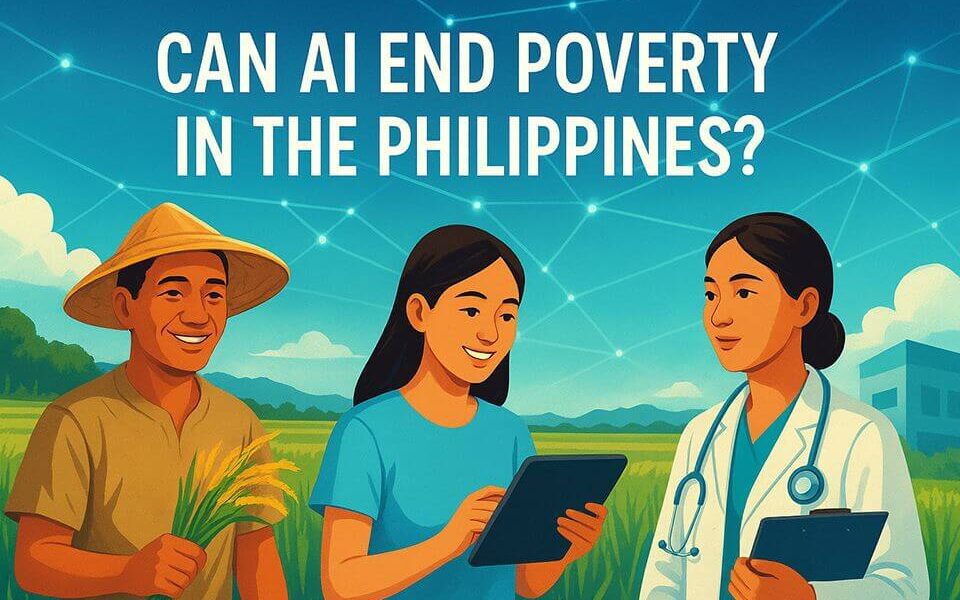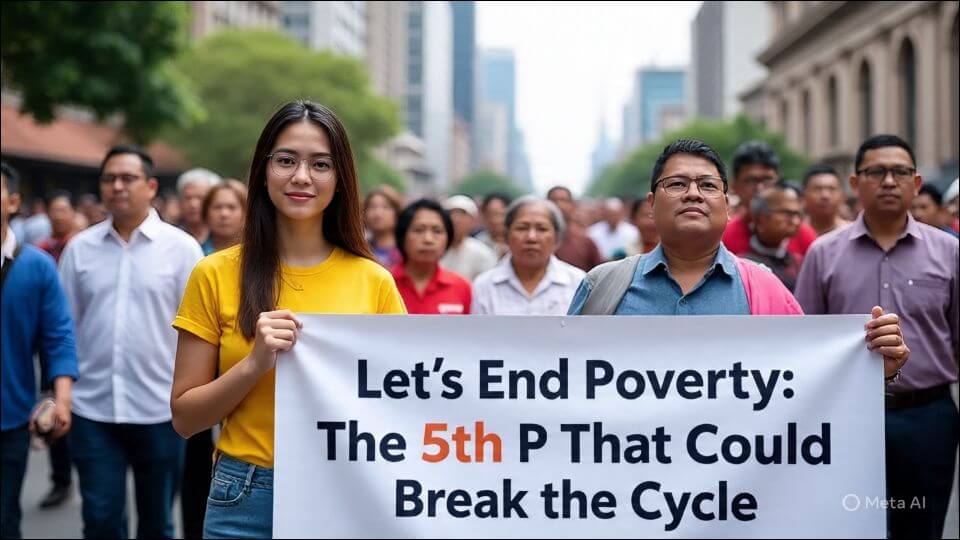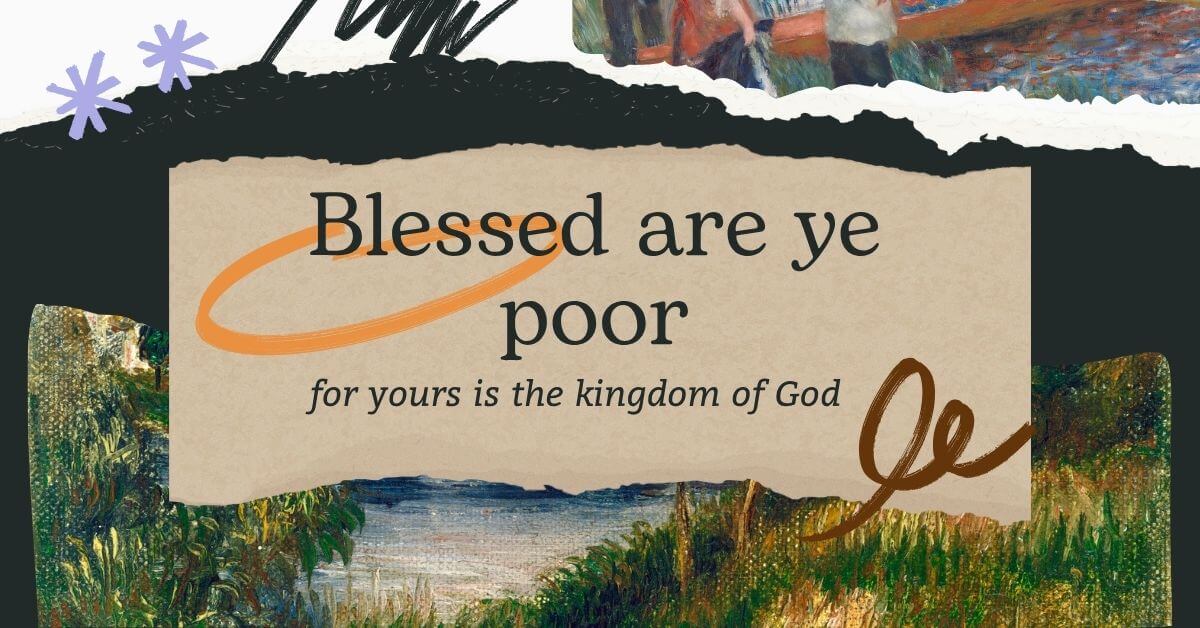Poverty in the Philippines is not just a number. It’s the quiet footsteps of a child who dropped out of school. It’s the worried eyes of farmers staring at failing harvests. It’s the woman who skips a doctor’s visit because transport plus consultation is more than her daily wage. We often talk about aid, relief, “ayuda,” and social welfare—but what if there was a way to end poverty instead of just managing it? AI might be part of that answer.
Agriculture Technology: From Farm to Future
Much of our countryside depends on farming. But Filipino farmers still face unpredictable weather, pests, and middlemen who take most of the profit. AI-powered agriculture tech could flip this script. Imagine drones equipped with sensors to scan fields and tell when pests are coming, or smart soil sensors predicting which parts of a field lack nutrients. With satellite imagery, AI can map out which land is most productive, show where to plant which crops, and estimate yields even before harvest.
This means a smallholder farmer in Mindanao or Luzon can plan ahead, reduce losses, buy inputs more wisely, and ideally earn more. With proper investment and access, agriculture won’t just be survival—it becomes a strategy.
Disaster Prediction: Saving Lives and Livelihoods
The Philippines is among the world’s most disaster-prone countries: typhoons, floods, landslides, and even volcanic eruptions tear communities apart. What if AI could give us earlier, clearer warnings? AI systems analyzing satellite and weather data might forecast which communities are likely to flood or where landslides may be triggered. Evacuation routes, disaster-relief supply chain planning, shelter allocation—all become smarter, faster, more responsive.
When you reduce loss of life, loss of property, and have better preparedness, you also reduce the economic shock to poor families. A disaster becomes less of a catastrophe and more of a manageable crisis.
Healthcare Access: When Care Comes Closer
For many Filipinos, healthcare is too far away or too expensive. AI tools can help bring care into more homes. Telemedicine bots or AI-assisted triage can help initial diagnosis in remote barangays. Predictive models can help health departments identify outbreak hotspots of diseases like dengue or tuberculosis, and respond before things spiral. Also, AI can optimize scheduling in overcrowded hospitals so wait times shrink and resources stretch further.
Better health means fewer lost workdays, less money spent on emergencies, and more ability to invest in other areas like education and food. It all links back.
Education Tools: Leveling the Learning Field
One of the biggest barriers in the Philippines is unequal access to quality education. Some schools have good internet; others barely have textbooks. AI-driven education tools can personalize learning: adaptive apps that adjust to a student’s learning speed; AI tutors to help with English, Math, or Science during off-hours; tools that translate or adapt content into local dialects, so regions with lesser resources are not left behind.
More than that, AI can help identify which regions or schools are lagging (by analyzing data), so government or NGOs can target interventions more precisely rather than spreading resources thinly.
Inequality, Politics, and the Real Question
But technology alone isn’t enough. As you explored in “The Politics of Poverty: Why the Philippines Helps the Poor Without Ending Poverty” on AIWhyLive.com, poverty is deeply structural and political. aiwhylive.com Access to AI, internet, consistent electricity, land rights, fair wages, and the political will to shift from aid to empowerment—all this matters.
AI has to be democratically available, transparent, and guided by equity. Otherwise, it risks being another tool that records and manages poverty—rather than ending it.
Final Thought
Can AI help end poverty in the Philippines? Yes—but only if it’s paired with bold reforms. If we invest in tech AND in fairness, if we make sure remote farmers, disaster-vulnerable communities, distant barangays, and under-resourced schools benefit first, AI can be a force for real transformation.
Ending poverty isn’t just about giving people aid. It’s about giving them power, dignity, and the tools to build their future. Maybe it’s time we stop asking how to help and start asking how to enable.







